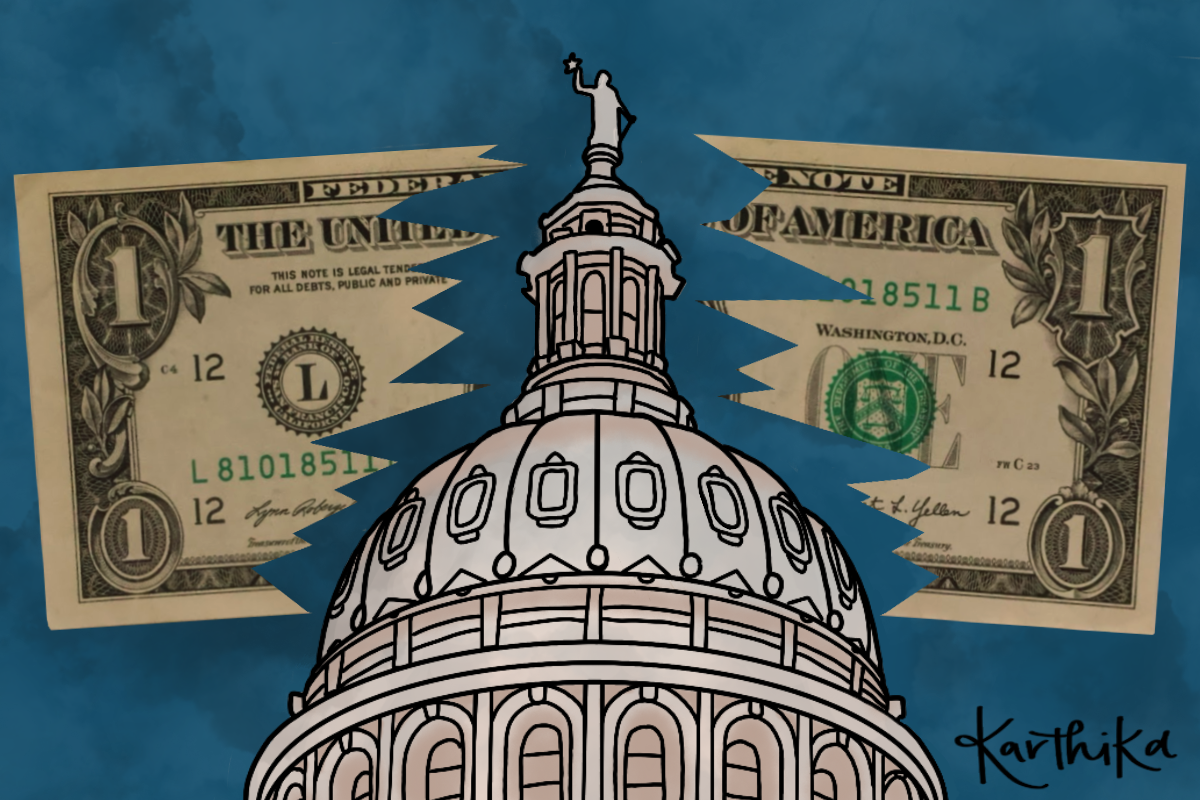By Satvika Ananth
Staff Writer
Let’s be real here.
There are few things about our situation that we must make clear before we truly begin this discussion.
First of all, we live in the 21st century. That means an influx of sex, drugs and alcohol is in our pop culture. Not only do we watch television about sex, we listen to music about it, read books over it and then have lovely little discussions of it in and out of school with our friends.
What we don’t have? Lovely little discussions about the realities of life, in a safe, pressure-free environment.
Secondly, we live with a generation gap. While we may relate to our parents to a certain extent, many of our opinions, and a great deal of the practical information we gain, comes from our friends.
Third, we live in a reality where we already know that some of our peers have taken part in less-than-desirable activities. It is evident in everything from the pictures on Facebook to the discussions we have in the hallways. While we know the consequences of these actions, we don’t know how to deal with the possibility of such things happening to us.
Now that I’ve sufficiently beaten around the bush, it is fairly clear that with the practical reality we live in, a purely abstinence-only program is simply not sufficient at a school like CHS.
In fact, abstinence-only has been unsuccessful all across Texas. Though this is the state that puts the most state funding – $168 million – into abstinence-only programs, it’s also the state with the third highest rate of teen pregnancies in the country, according to the Austin American-Statesman. In fact, a study funded by the Texas Department of Health and conducted by Texas A&M University found that 28 percent of ninth grade girls who already engaged in sexual intercourse still had sex after abstinence-only programs.
As a result of this, many schools in Texas, starting with the Austin Independent School District, are changing their tune about current sex education policies. CHS ought to do the same.
That’s not to say we must remove abstinence education from our sex ed policy. We just choose instead to move towards an “abstinence-plus” policy. This would include not only abstinence education, but also practical protection education.
Because we do live in a community with a very specific value system, and it is undeniable that anything but an abstinence-only policy would be frowned upon. And given the community-based nature of CHS, it makes sense that our school district, as Principal Brad Hunt explained, takes this into consideration when they design our sex ed policy.
However, we must be practical. We gain nothing by deluding ourselves into thinking there is truly no problem with our current system. Instead, let’s face the facts and deal with a situation that could potentially become more virulent than it already is.
The reality? Sex will happen. We have been saturated with information regarding sex and why not to partake since sixth grade. We’ve been reminded time and again that sex is something for married couples. We’ve seen so many nauseating pictures of sexually transmitted diseases and watched so many tear-jerking stories of young couples who have ruined their own lives that there should be no doubt in our minds that sex has negative impacts.
The schools have done all they can on that aspect. We definitely see what happens with sex gone awry. But for people already deeply involved in relationships, it may be too late to turn back. Instead of denying teens safety in the name of “family values,” we should focus instead on giving them a chance to live, regardless of their values.
Because at the end of the day, education is always more effective than ignorance.
[polldaddy poll=2119870]
To read the opposing viewpoint on this topic, click here.
Edited By Sterling Von Strohe, KCBY
 " />
" />








